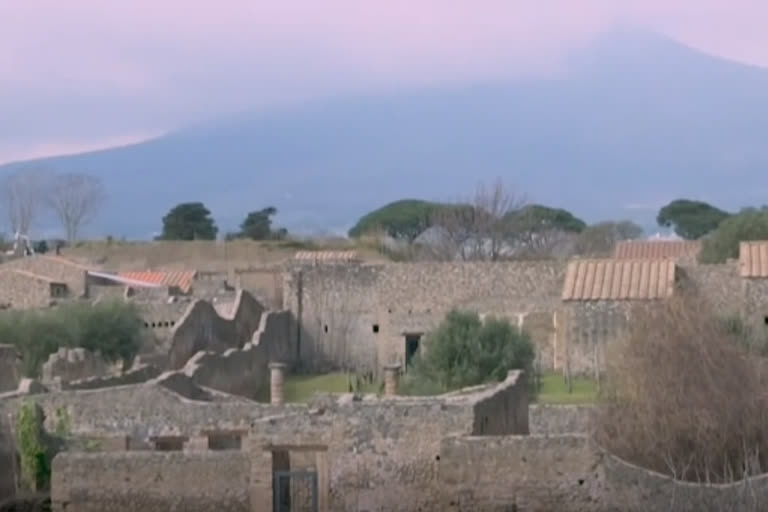London: The ancient remains of Pompeii, a window into the past that's informed archaeologists about how the Romans lived and how their town centres were structured. It's one of only a few examples researchers have to study.
But now, archaeologists have another discovery to test their theories all uncovered without ever breaking ground.
In a study, published Monday (8 June 2020), the team from the University of Cambridge and Ghent University in Belgium say they mapped a complete Roman town Falerii Novi, 50 kilometres north of Rome in the Italian region of Lazio.
It was first occupied in 241 BC and measures a little over 30 acres, just under half the size of Pompeii.
"We've done work there before that showed that some of the geophysical techniques work quite well. So, we were expecting to see quite a lot of the Roman town, but what we got from this technique is truly spectacular," says Professor Martin Millett from the University of Cambridge.
Researchers used advanced ground-penetrating radar (GPR), which works like aircraft radar, bouncing radio waves off objects up to two metres below the surface. The radar instruments were towed behind a quad bike.
What the researchers uncovered was far beyond their hopes they discovered a bath complex, market, temple, public monument, and even the town's sprawling network of water pipes.
Read more:World Ocean Day: 30 percent of Seychelles' waters protected
The data shows the settlement at depths around every ten centimetres, meaning archaeologists can study how the town evolved through history.
It's thought the radar technology will make it possible to study larger areas in higher resolution than ever before.
